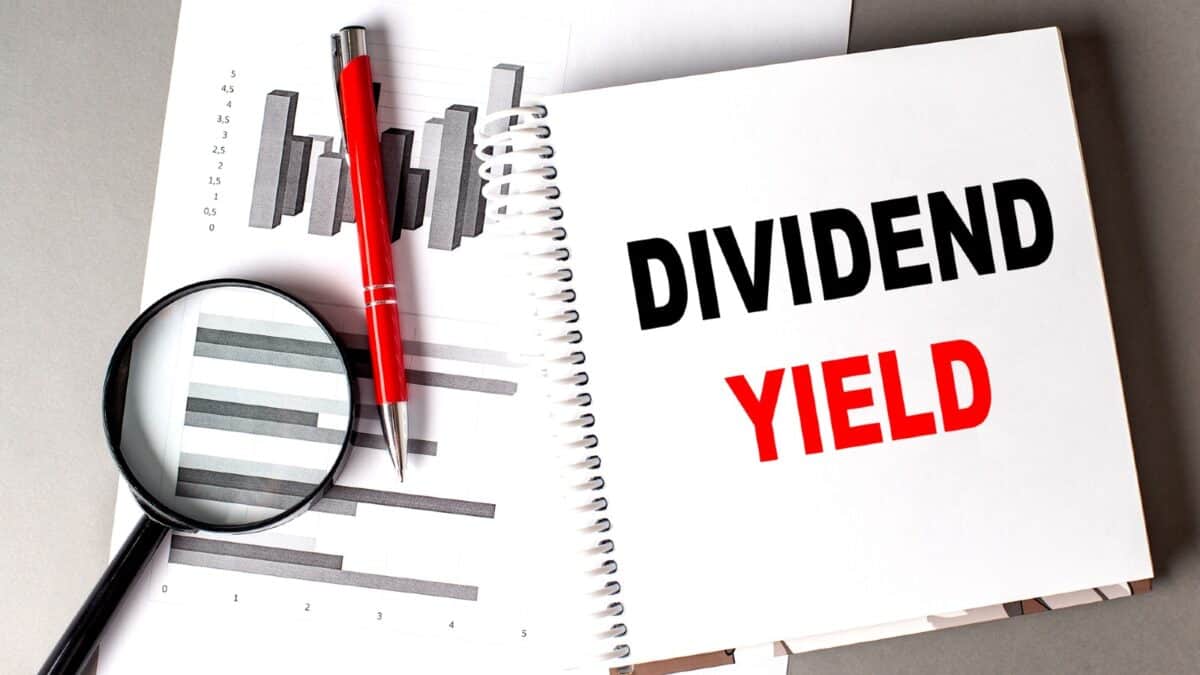I first took notice of FTSE 100 insurance and investment giant Phoenix Group Holdings (LSE: PHNX) in March 2023.
My stock screener had flagged the stock because its yield had shot up to around 10%. By comparison, the average yield for the FTSE 100 was 3.7% at the time, and for the FTSE 250, it was 3.3%.
Its payout had hit this extraordinary level because its share price had dropped after the failure of Silicon Valley Bank. That ignited fears of a new financial crisis, pushing stock prices in the sector lower.
Should you invest £1,000 in Tesla right now?
When investing expert Mark Rogers has a stock tip, it can pay to listen. After all, the flagship Motley Fool Share Advisor newsletter he has run for nearly a decade has provided thousands of paying members with top stock recommendations from the UK and US markets. And right now, Mark thinks there are 6 standout stocks that investors should consider buying. Want to see if Tesla made the list?
Given no change to a stock’s annual dividend, its yield moves in the opposite direction to its price.
Since then, the company’s consistently ultra-high yield has generated a lot of dividend income for me. It had also given me a significant share price gain before the US announced its swingeing tariffs on 2 April.
History has repeated itself, it seems to me. The resultant fall in Phoenix Group’s share price has pushed its yield up to a whopping 9.9%.
Does the business still look solid to me?
Ultimately, a firm’s earnings powers its share price and dividend higher.
I think a short-term risk to these for Phoenix Group could be a global recession that prompts customers to cancel policies.
However, consensus analysts’ estimates are that Phoenix Group’s earnings will grow by a stunning 91.6% a year to end-2027.
Such projections look well-supported to me by its 2024 results. These showed IFRS adjusted operating profit soaring 31% year on year to £825m. Operating cash generation leapt 22% to £1.403bn over the same period.
As a result, the firm increased its total cash generation target to £5.1bn from £4.4bn by end-2026. Its IFRS adjusted operating profit target was also upgraded to around £1.1bn from £900m by the same point.
How much passive income can be made?
Investors considering a holding of £11,000 – the average UK savings amount – in Phoenix Group would make £1,089 in first-year dividends. This would rise over 10 years on the same average yield to £10,890. And after 30 years on the same basis, the dividends would have increased to £32,670.
Crucially though, these returns could be far greater if the standard investment practice of ‘dividend compounding’ were used. This just involves reinvesting dividends paid by a stock straight back into it.
Using this technique the dividends would see the dividends rise to £18,484 after 10 years not £10,890. This is with the same average 9.9% yield being applied to the same £11,000 initial stake.
On the same basis, the dividends would increase to £200,815 rather than £32,670.
Adding in the £11,000 first investment and the Phoenix Group Holding would be worth £211,815.
So by that point, it would pay £20,970 a year in dividend income.
Should I buy more?
I believe the extremely strong forecast earnings growth will drive the dividend and share price much higher over time.
Indeed, a discounted cash flow analysis shows the fair value of the stock is now £8.18. Market forces could push it lower or higher, of course.
And analysts forecast that its dividend will rise to 55.8p in 2025, 57.3p in 2026, and 58.8p in 2027.
These would give respective yields of 10.2%, 10.5%, and 10.7%.
Consequently, I will buy more of the stock as soon as possible.








